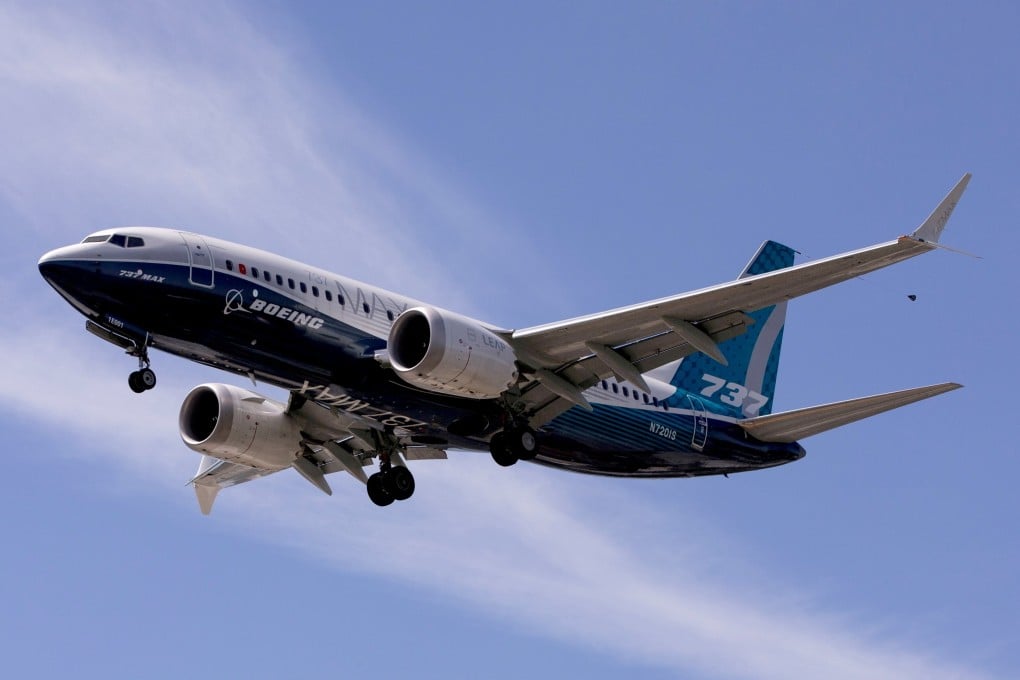Boeing 737 MAX to return to China’s skies by ‘beginning of next year’ but more changes still needed
- The Civil Aviation Administration of China (CAAC) issued an airworthiness directive for the Boeing 737 MAX, which has been grounded in China since March 2019, on Thursday
- Further changes are still needed before the grounding order on the aircraft, which is a key part of the phase-one deal, is lifted

China’s aviation regulator expects airlines will resume commercial operations with the Boeing 737 MAX by the beginning of next year at the latest following a ban of almost three years, an official said on Friday
It stated that Boeing’s correction to the 737 MAX’s flight control system was adequate, although further changes are still needed before the grounding order can be lifted.
“After the supplementary operations are certified, [Boeing’s 737 MAX] is expected to resume domestic commercial operations by the end of this year or the beginning of next year for existing fleet and also resume the introduction of new aircraft,” Yang Zhenmei, director general of the Department of Airworthiness at the CAAC, said on Friday.
Boeing continues to work with regulators and our customers to return the airplane to service worldwide
Domestic airlines in China will need to complete aircraft modification, explained Yang, while pilots will also need to receive updated training.